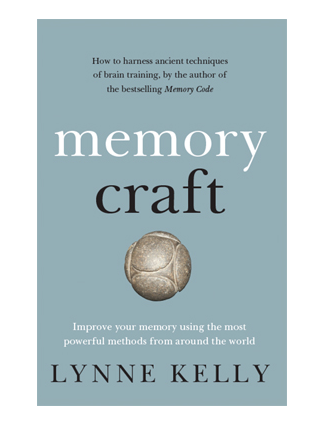
Posts and comments on this blog talk about the lack of respect for doctoral qualifications awarded to us elites, closeted in our ivory towers. We not only have the ability to change this misconception, I believe we have an obligation. We must stop worrying what other academics will think and write for the general public once we have that title and bit of paper, if not before.
Some of the most valuable moments of your research will never make it into your thesis and have no place in academic journal. Those quirky bits, the things that you laugh about over coffee, are the gold that makes you human rather than an automated wordsmith.
Seven years ago I completed my PhD thesis about the incredible knowledge systems of indigenous cultures and how they memorise vast amounts of pragmatic information. I used these ideas in archaeological interpretation offering new insights into the purpose of monuments such as Stonehenge and lesser-known sites. I turned the thesis into an academic monograph for Cambridge University Press. That impressive looking book granted me authority and status and little else. Almost no-one read it.

The cover of Lynne’s latest book ‘Memory Craft’
I wrote a serious non-fiction book for the mainstream market, adding in Easter Island, the Nazca lines and other ‘mysterious’ sites. The Memory Code attracted a lot of attention to my research. I wrote articles for mainstream magazines and blogs. My most recent book is a how-to book on optimising your memory. Can you imagine me presenting about Memory Craft at an academic conference? It is drawing even more attention to my serious research.
The clue for writing for a general audience is in those little anecdotes that you chatted about over coffee and people found interesting. As you focus on the thesis, just scribble them down. That notebook will be a treasure trove to be plundered when you surface from the struggle.
For example, the Luba people of The Congo use a piece of carved wood about 20 cm long, encrusted with beads and shells, as a memory device. According to the academic literature, this lukasa was used to encode an unimaginable amount of cultural knowledge. In my thesis and academic work, I quoted that research. But the truth is, I didn’t really believe it. It was just too grandiose a claim. So I grabbed a bit of wood from the guys who were building our veranda and glued on some beads and shells. I started encoding a field guide to the 412 birds of Victoria. I was astonished how effective this memory device proved to be.
I confessed over dinners that, much to my shame, even such sloppy research justified the claims of the Luba. That quirky bit made its way into The Memory Code and has been quoted back to me more times than I care to remember. Many readers have been similarly astonished at how well a lukasa has worked for them.
Confessing my stupidity brings me down from that ivory tower and invites readers into my world.
All indigenous cultures use memory palaces, a technique which is almost always attributed to the ancient Greeks. Basically, you walk around building and associate a bit of information with each location within. When you want to remember that information, you imagine yourself walking round that building again, location by location, and the information will come back to you in sequence. Cicero and St Augustine wrote about it; Homer almost certainly employed it. My research showed this method is used by all indigenous cultures, and to much more impressive effect. Australian aboriginal songlines, Native American pilgrimage trails and the Inca ceques are all examples. In the thesis and academic tome, I justified that claim with lots of research and people’s names in brackets.
For the broader public, I talk about encoding the landscape around my home with a history trail starting from 4,500 million years ago until the present. I used to walk this path with my little dog. When I got to the Cretaceous, little Epsilon-pi would always turn and pull to go home. I would pick her up and carry her until we arrived at the Cenozoic when all the dinosaurs had been wiped out. From then on, she would walk happily. That anecdote is quoted back to me constantly. A few sentences about a little dog brought to life the way I was physically walking my landscape and attaching information to it, and through that, to the amazing feats achieved by indigenous cultures through their songlines and pilgrimage trails.
If you want to write serious books books or articles to go beyond an academic audience, then imagine yourself having dinner with a Year 12 student who has no background in your subject. And try to make them laugh or cry. If you want to reach an even broader audience, make that a Year 10 student.
Don’t try to justify everything by referring to a higher authority; the urge to cite is so ingrained in us. You are already the authority. Readers trust that the academic stuff is in the background somewhere because you have a doctorate.
If your research is very narrow and you can’t imagine the mainstream audience taking any notice, then ask yourself about the bigger picture. How did you get hooked into this little corner of knowledge? How can you make your experience relevant to a reader’s life? Is there some sidetrack you’ve taken that really grabbed your attention even though it doesn’t fit in the thesis? Is there some story, preferably scandalous, about one of the people related to your research? Is there any way your research relates to popular culture?
The way to peoples’ hearts and enthusiasm is to put yourself in the story and tell them about the quirky bits. You are not an academic coming from on high but a flawed person trying to understand something which excites you. Excite them too, and they will view academia very differently.
Author Bio: Dr Lynne Kelly is an Honorary Research Associate at LaTrobe University.